We may earn revenue from the products available on this page and participate in affiliate programs. Learn More ›
Finding the perfect pillow is no easy task. It takes time to find the right look and feel based on where the pillow is used. The best places to buy pillows carry a high-quality selection with tools (or sales people) to help narrow down the options. Some stores are noteworthy for the sheer number of pillows they carry, while others may have a limited selection.
Pillows might seem inconsequential, but they can make or break the comfort and look of living rooms, offices, and bedrooms. It’s worth it to find a pillow that perfectly cradles the head or complements a comfy couch, and we’ve created a list with the stores where you’ll find them.
1. Wayfair
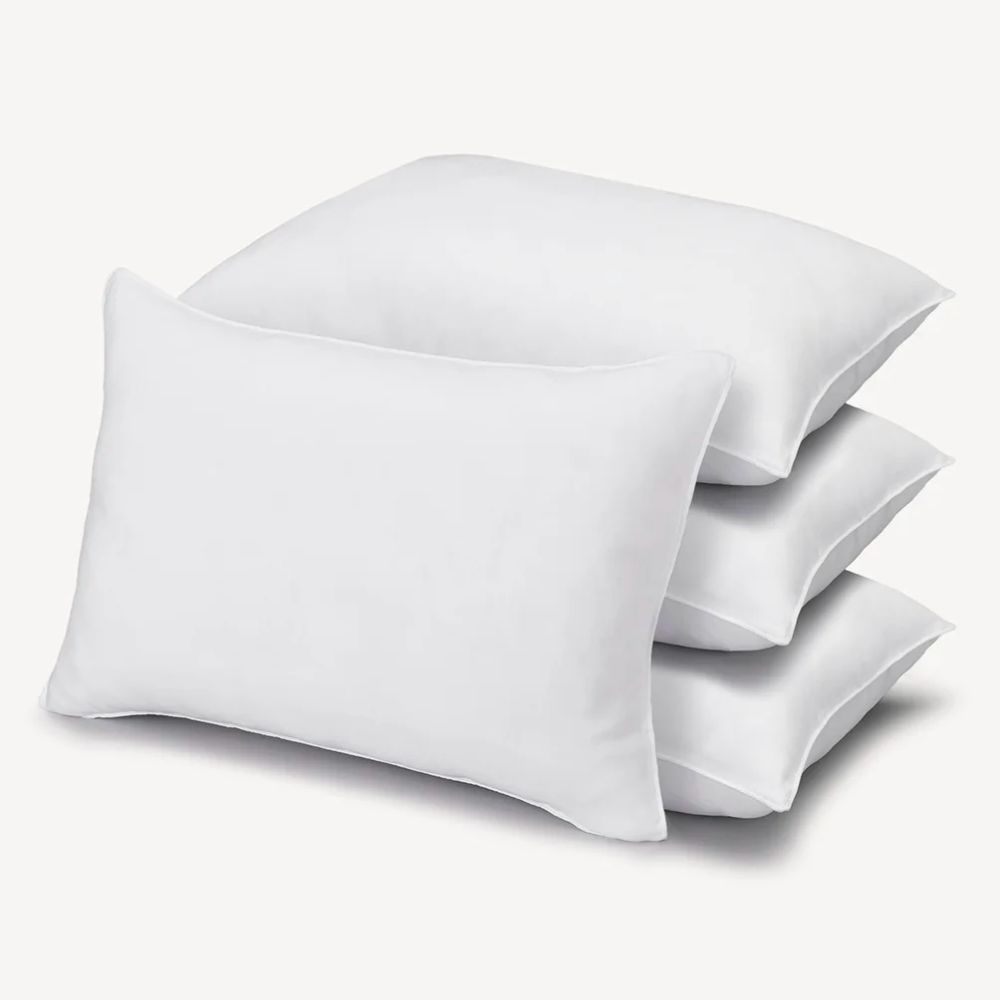
Known For: Wayfair carries a wide selection of pillows and offers useful filtering tools.
Price: $ to $$$
Editors’ Choice: The Santos Plush Down Alternative Bed Pillows have a dense filling that’s plush enough for sleeping but firm enough for decor. Available at Wayfair for $62.99
Wayfair’s site has a high-end feel, but still manages to offer pillows in a wide price range. The retailer is known for its deep discounts, where shoppers can regularly find great deals on basic to luxury pillows. The selection is hard to beat, with thousands of pillows popping up in a basic search.
Wayfair also gets the top slot thanks to its easy shopping experience. Results can be filtered by size, comfort level, fill material, sleep position, and customer ratings. The selection combined with the filtering ease makes Wayfair a smart place to start any pillow search. It helps that there’s always a good selection of sale items, too.
2. West Elm
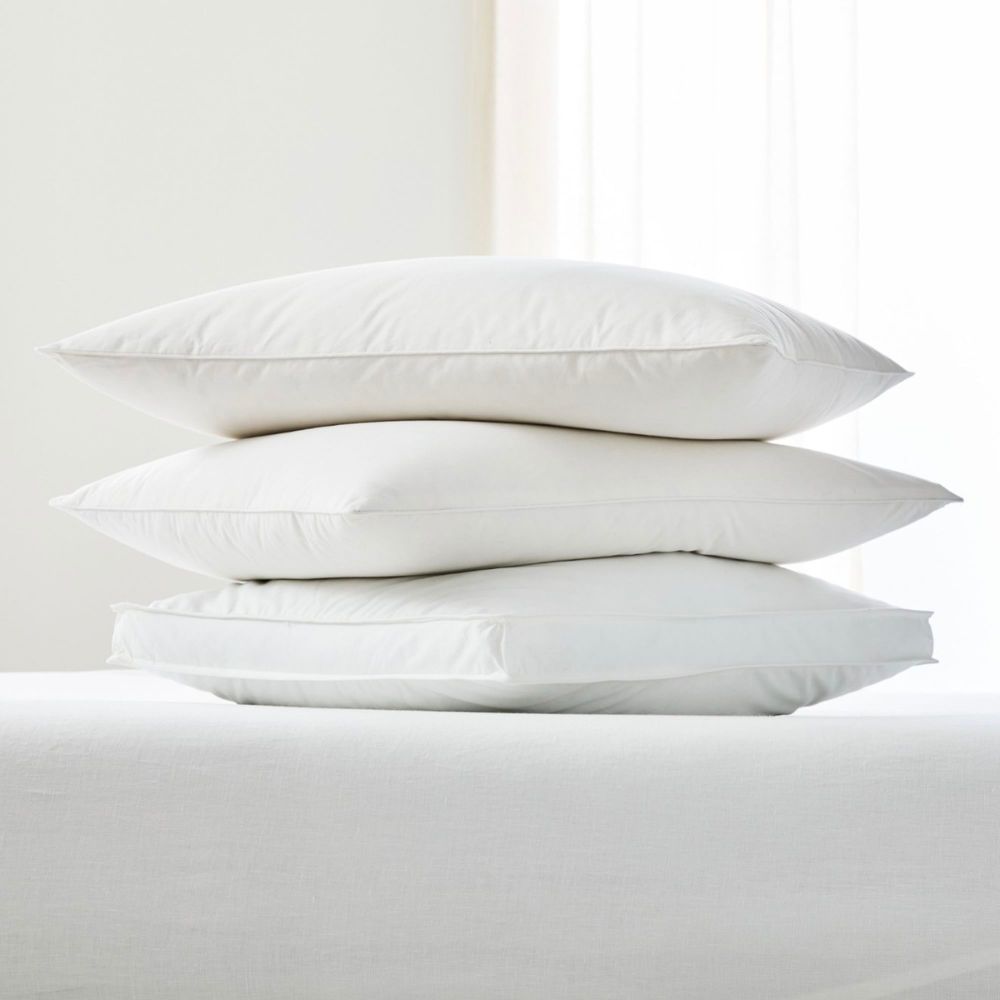
Known For: West Elm keeps a strong selection of throw, floor, and accent pillows in stylish colors, fabrics, and patterns.
Price: $$$ to $$$$
Editors’ Choice: The HydroCool Cooling Down Alternative Pillow Insert comes in three sizes and firmnesses, letting sleepers get the perfect loft and size while sleeping cool. Available at West Elm from $45
West Elm’s pillow selection balances the classics with stylish trends. The brand carries high-end bed pillow inserts made with cooling materials and technologies as well as classic down and feather pillows. Often, there are many sizes and firmnesses within each category.
For those looking for decorative pillows, West Elm hits on popular trends as often as it hits classic tones. From plush velvet throw pillows to attractive floor pillows, this brand carries a little of everything. This is the place to find unique colors and patterns from designers around the world, but it’s quality and uniqueness also comes at a high price.
3. Avocado

Known For: Avocado’s organic, eco-friendly pillow selection keeps buyers (and the environment) smiling.
Price: $$$
Editors’ Choice: The Avocado Green Pillow is adjustable and filled with non-toxic GOLS-certified latex and GOTS-certified kapok, with both certifications requiring a high percentage of organic material. Available at Avocado for $109
Avocado is better known as one of the best places to buy a mattress than it is for pillows, but the pillow selection is top-notch for those with health and environmental concerns. The green company specializes in all things eco, sustainable, and people-friendly. The pillow selection includes GOTS and GOLS-certified fillings, like latex, kapok, wool, and cotton.
Avocado goes the extra mile to qualify its products for other certifications that include Climate Neutral, Made Safe, and/or Certified Vegan. Many Avocado pillows are adjustable, arriving with additional bags of filling to make sure the comfort levels are always on point. The retailer also offers impressive warranties with its pillows, which many companies don’t bother to include. Considering the organic certifications these pillows come with, they’re reasonably priced, though don’t expect to find deep discounts or bargain prices.
4. Amazon

Known For: Amazon’s selection makes it worthy of the list, though shoppers have to weed through thousands of products.
Price: $ to $$$
Editors’ Choice: The Coop Home Goods Original Pillow tops many “best” lists and is breathable, adjustable, and CertiPUR-US and Greenguard Gold certified. Available at Amazon for $72
It’s hard to shop online and not end up on Amazon at one point or another. For Amazon Prime members, this mega-seller might be the first place to look when upgrading pillows. Shoppers will find thousands of brands and pillows of every type, from luxury bed pillows to floor pillows. There are options to filter the search based on brand, material, price, and customer reviews.
The downside of Amazon is the sheer number of pillows to choose from. It can be overwhelming, and it’s easy to feel inclined to buy the cheapest pillow with the most reviews. However, when the pillow arrives it might not be quite what was expected. But for those who do need a big selection, it’s hard to beat Amazon. Amazon’s return policies are usually pretty friendly, though they can vary by seller.
5. Purple

Known For: Purple cooling pillows perfectly match their cool, comfy mattresses and come with a strong warranty.
Price: $$$
Editors’ Choice: The Purple Harmony Pillow features Purple’s GelFlex Grid that cradles the head and creates space so that air flows freely around the head for a cooler, more comfortable sleep. Available at Purple for $161
Purple mattresses feature a GelFlex Grid made of a hyperelastic polymer that both cushions and supports the body while maintaining an open structure for maximum airflow. Basically, these mattresses stay cool while contouring to the body. Purple has created a line of pillows using that same GelFlex Grid technology that contours the head and helps sleepers stay comfortably cool.
Purple may not carry a wide pillow selection, but for those who overheat at night, a Purple pillow can keep heat and sweat from disturbing sleep. The brand carries a kids’ pillow, pillow boosters, and down-alternative and gel fiber pillows. Each pillow comes with a 100-night trial/return window and a one-year warranty, which sleepers might need to get used to the feel of the grid.
6. Costco
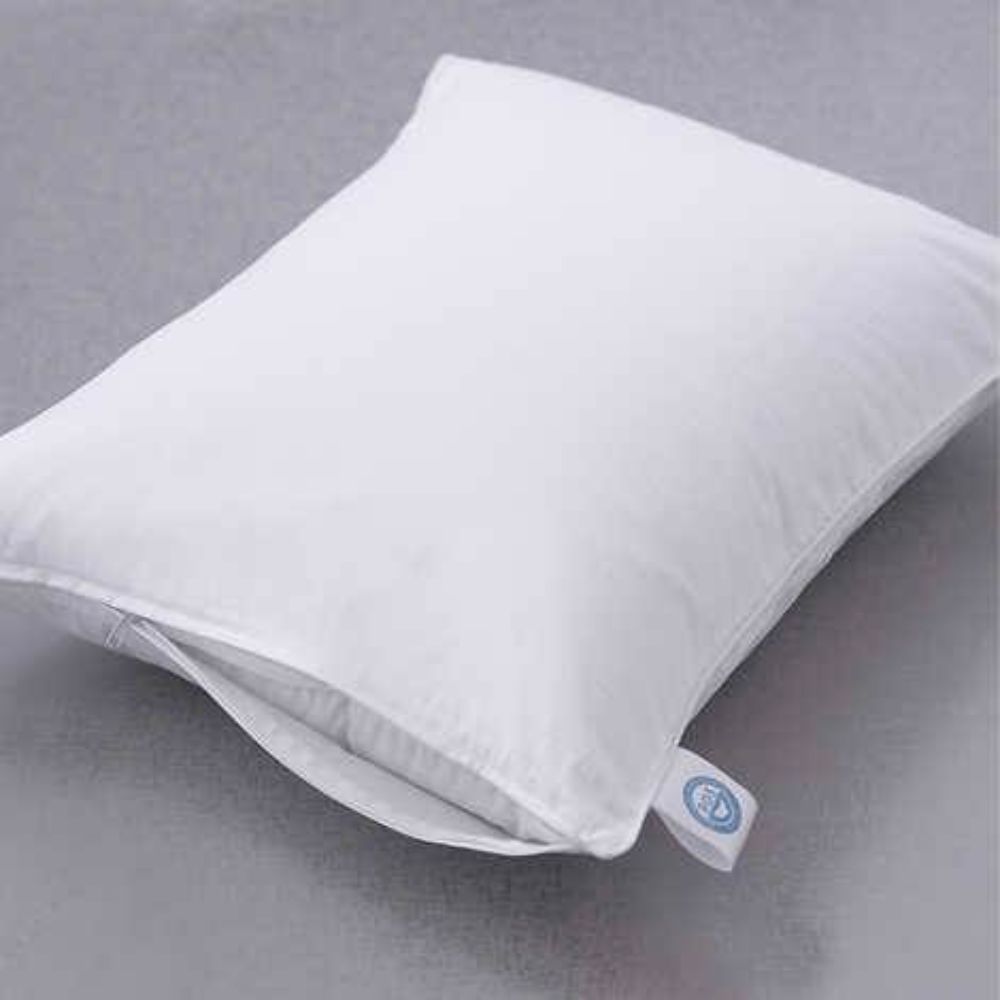
Known For: Costco offers high-quality pillows at bulk prices.
Price: $ to $$$
Editors’ Choice: The Allied Home RDS White Goose Down Pillowis Responsible Down Certified and filled with 650-fill power hypoallergenic down at a price far below similar down pillows. Available at Costco for $102.99
Costco offers members access to incredible prices on high-end products, from watches and generators to premium meats and pillows. A local warehouse typically has at least a few in-store bed pillows and seasonal decorative pillows. However, the online selection expands to include basic, inexpensive pillows all the way up to luxury bed and decorative pillows.
For those looking for quality at warehouse prices, Costco is the place to go. Shoppers need a membership that includes a yearly subscription fee to shop in-store. Non-members can shop online, though they may not get the best deals. Membership is worth it for those who frequent the brick-and-mortar store or Costco.com. Costco also has a generous return policy. Otherwise, a Costco membership may not pay out for those only buying pillows or a single big purchase like a sofa.
7. Walmart

Known For: Walmart’s bargain prices are tough to pass when a tight budget is on the table.
Price: $ to $$
Editors’ Choice: The Sertapedic Endless Comfort Bed Pillow two-pack is an affordable set of king-size down-alternative pillows that provide light support. Available at Walmart for $37.76
Walmart is an American tradition, especially for bargain shoppers. In-store, Walmart usually has an entire pillow aisle with bed and decorative pillows at affordable prices. The selection online is much broader, and the prices are quite affordable. Walmart is the place to go when the budget is tight for decorating a living room, adding accent pillows to the bedroom, or upgrading your existing bed pillows.
The low prices at Walmart may be legendary but be advised the lack of quality. Bed pillows from Walmart may lose their luster after a year or so. Decorative pillows may last longer, but if they’re used as more than decoration, they too will have a short life.
8. Bed Bath & Beyond
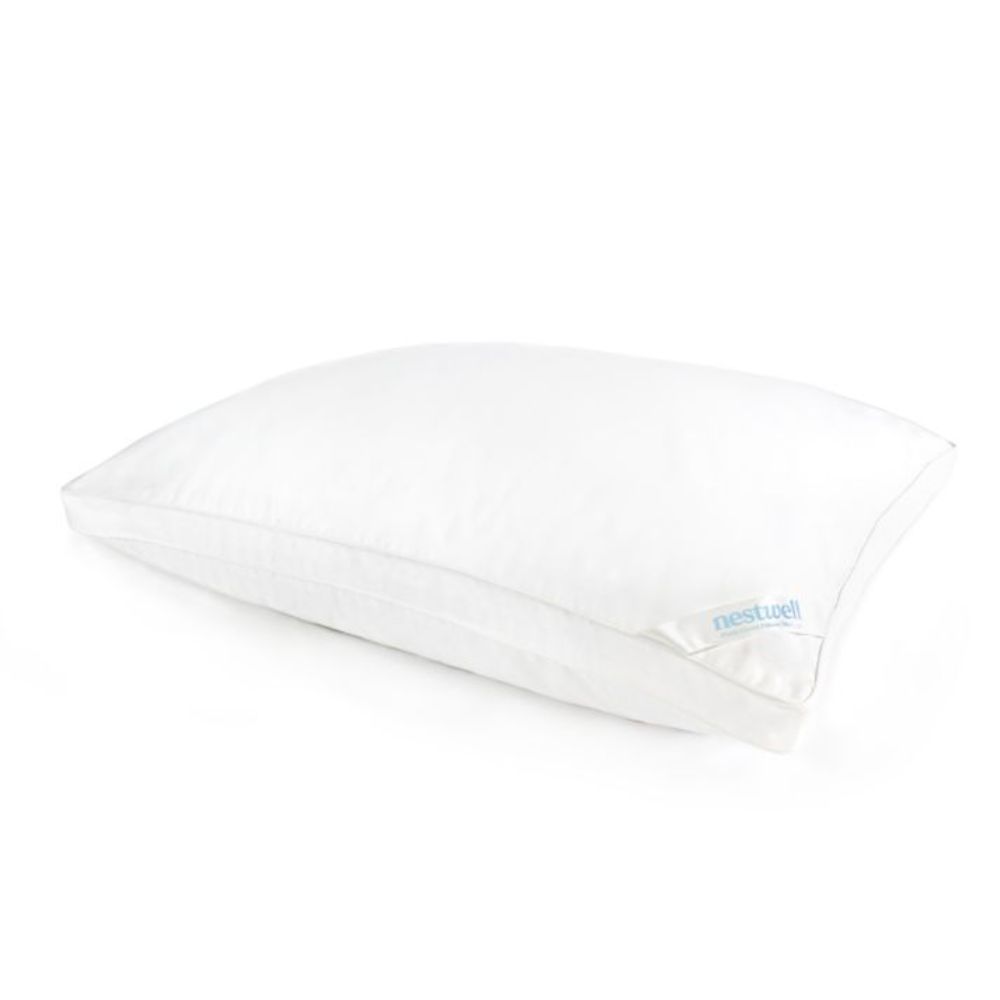
Known For: Bed, Bath & Beyond brings selection, quality, and strong filter features to the pillow search.
Price: $ to $$$$
Editors’ Choice: The Nestwell Plush Cloud Medium Support Standard/Queen Bed Pillow has a gusseted design that helps maintain the pillow’s loft, and it comes at an affordable price. Available at Bed Bath and Beyond for $40
Bed Bath & Beyond is the specialty store for bed or decorative pillows. While a few other retailers on the list have a wider selection, Bed Bath & Beyond isn’t far behind. Shopping on the website provides strong, detailed filtering to make the search easy and fast. Shoppers can narrow the search with 18 filter options, including categories like performance features and origin. Or shoppers can start by picking one of 11 categories, like temperature regulating, neck support, support, or moisture-wicking pillows.
This retailer takes frustration out of the shopping process and offers a wide price range, from bargain pillows to designer options that cost a bit more. Shoppers who live near a Bed Bath & Beyond are able to pick up an online order at the store.
9. Parachute

Known For: Parachute carries high-quality pillow inserts in a variety of shapes and sizes.
Price: $$ to $$$
Editors’ Choice: The Parachute Down Pillow represents everything that Parachute stands for, with high quality, plush 750-fill power down to give it high loft and soft cushioning. Available at Parachute for $129
Parachute’s selection may not be huge, but it’s full of high-quality pillows made of down, down alternatives, and other high-quality fillings. Bed pillows come in standard and king sizes as well as several densities. The selection includes pillows in different sizes, such as bolsters, body pillows, and spheres. Parachute inserts are fully complemented by a selection of attractive classic pillowcases and covers.
The pillow prices fall in the mid-range and include free carbon-neutral shipping. However, keep in mind that the inserts require the separate purchase of a cover. The combined price of the insert plus the cover makes these pillows more of an investment than the individual prices may suggest.
10. Target

Known For: Target sells trendy (affordable) decor pillows with a solid selection of bed pillows thrown in the mix.
Price: $ to $$
Editors’ Choice: The Oversize Lumbar Woven Global Pillow adds color and texture but fits with many different decor styles. Available at Target for $24.99
Target is the place to get trendy home decor at budget-friendly prices. In store and on-site are great places to snag throws and decor pillows to brighten a room. Of course, Target also carries affordable bed pillow inserts, though they’re nothing particularly special or noteworthy. This is the place for the pillows that stand out and accent a room’s interior design.
Target’s prices are budget-friendly though not bottom of the barrel. Use a discerning eye because every now and then Target jumps on a trend that’s a flash in the pan rather than here for a few seasons.
11. Casper
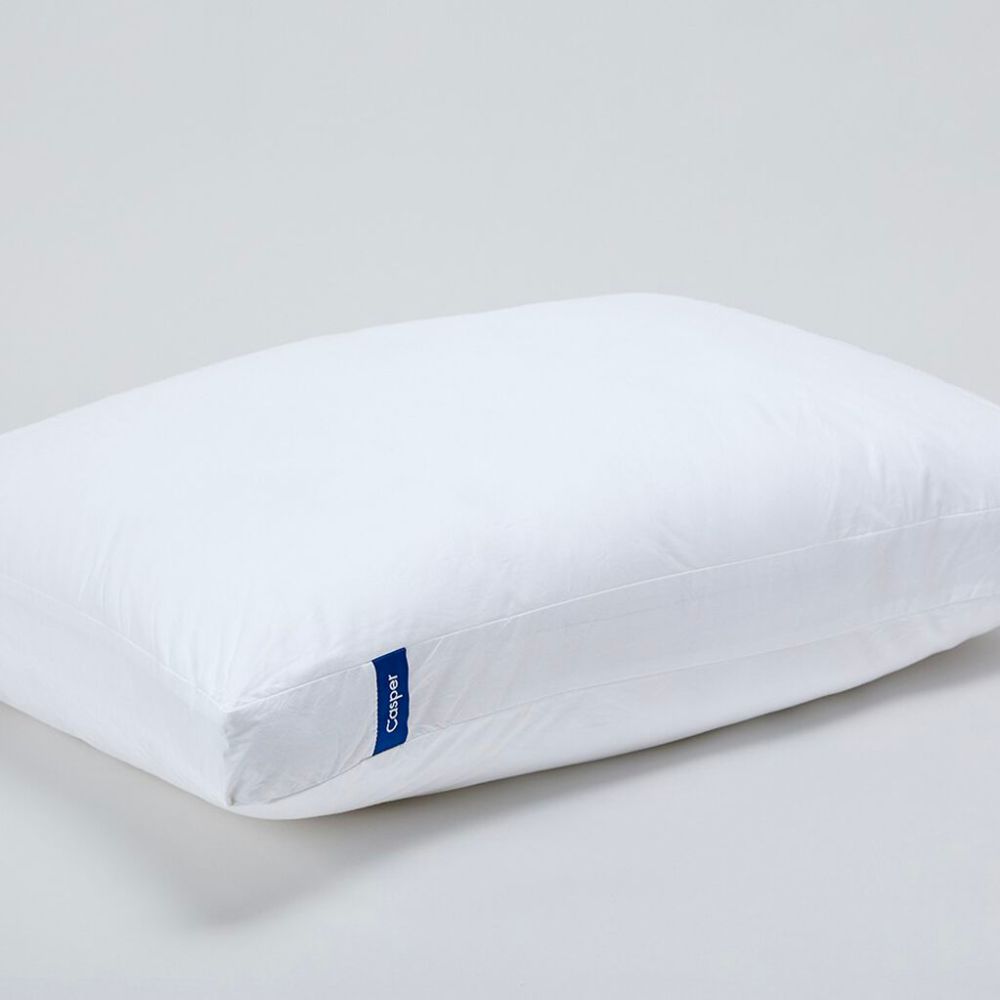
Known For: Casper applies its attention to detail and comfort technologies used in its mattresses to a small line of pillows.
Price: $$ to $$$
Editors’ Choice: The Original Casper Pillow is made with a fluffy design that helps maintain the pillow’s structure and softness all night long. Available at Casper for $65.
Mattress companies like Casper often create a line of pillows to complement its mattresses. Casper has a reputation for affordable and comfortable mattresses that carries over into its small line of pillows. The Casper pillows are categorized by loft with down-alternative, foam, and hybrid pillow options. The layered design of this brand’s pillows give each model a slightly different feel for use by people with varying comfort preferences and sleep styles. Some even have cooling technologies as an additional option.
The brand’s line of pillows may not be extensive, but they’re thorough when it comes to catering to different sleep positions.
12. Brooklinen
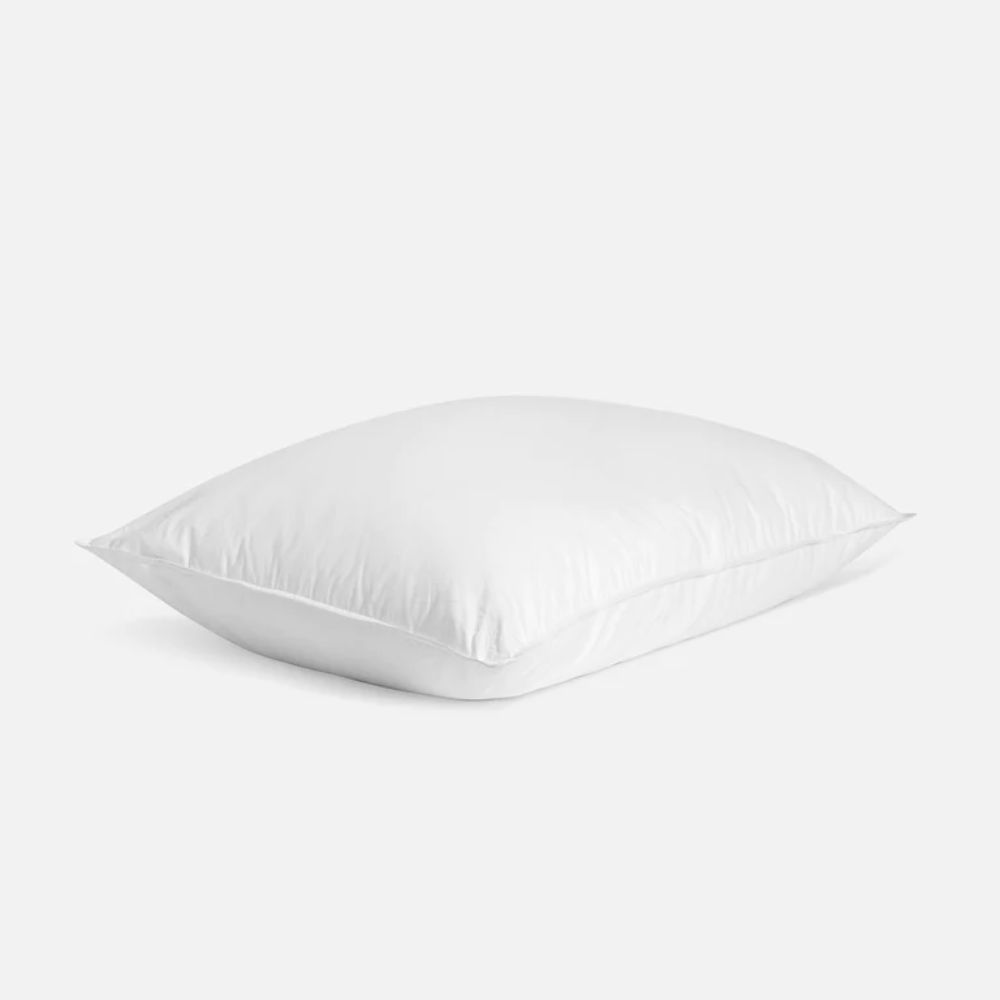
Known For: Brooklinen produces high-quality pillows, but the brand’s 365-day return policy is a standout.
Price: $$ to $$$
Editors’ Choice: The Brooklinen Down Pillow comes in plush, mid-plush, and firm support options to accommodate stomach, side, and back sleepers. Available at Brooklinen for $98
Brooklinen has made a name for itself in the bedding industry as a brand devoted to offering high-quality products at reasonable prices. Shoppers can buy down, memory foam, or down alternative bed pillows at reasonable prices. Some of the pillows like the natural down pillows, come in several firmnesses to better fit the needs of different sleep styles.
The natural down pillow in plush is soft enough for stomach sleepers, while the firm can support back and side sleepers. Not all Brooklinen pillows have this versatility, but all the pillows within the line are made of high-quality materials. The brand offers several types of pillowcases, from flannel and silk to cashmere, which all complete the look and feel of the bed.
13. Home Goods
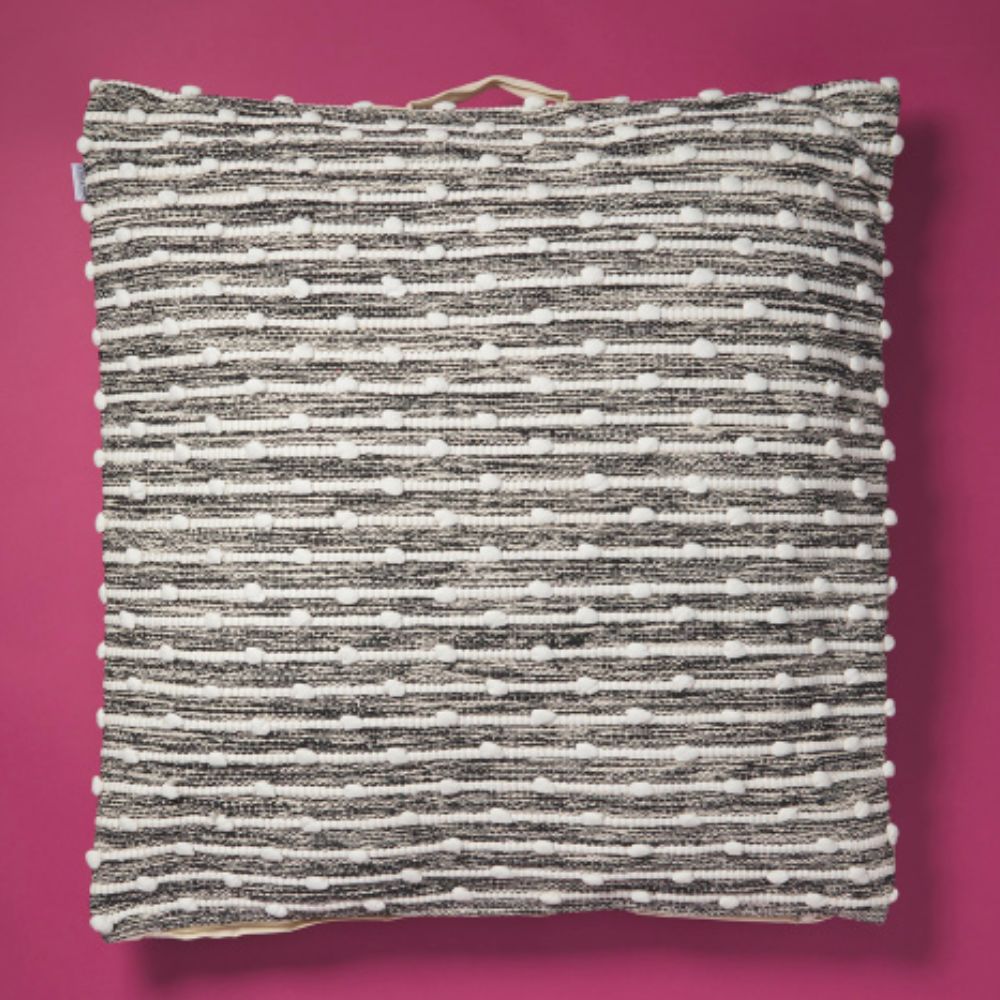
Known For: Home Goods brings color and patterns to the masses with affordable pillows in every color of the rainbow.
Price: $ to $$
Editors’ Choice: The Urban 86 brings a bold mix of color and texture that lets buyers set a tone but save money. Available at Home Goods for $19.99
Home Goods brings pillows with texture and pattern in any color palette. The site’s filters let buyers sort by color to fit their design scheme. Pillows range in style from farmhouse to contemporary and country cottage to eclectic. There’s a little something for every style, with prices that are affordable. Need to complement a beach-side vacation home? There’s a pillow here for that. Need a solid velvet throw pillow to bring texture and luxury? There’s a pillow here for that too.
Home Goods brings unique designs at near-bargain prices. It’s also a good place to look for holiday pillows for less.


